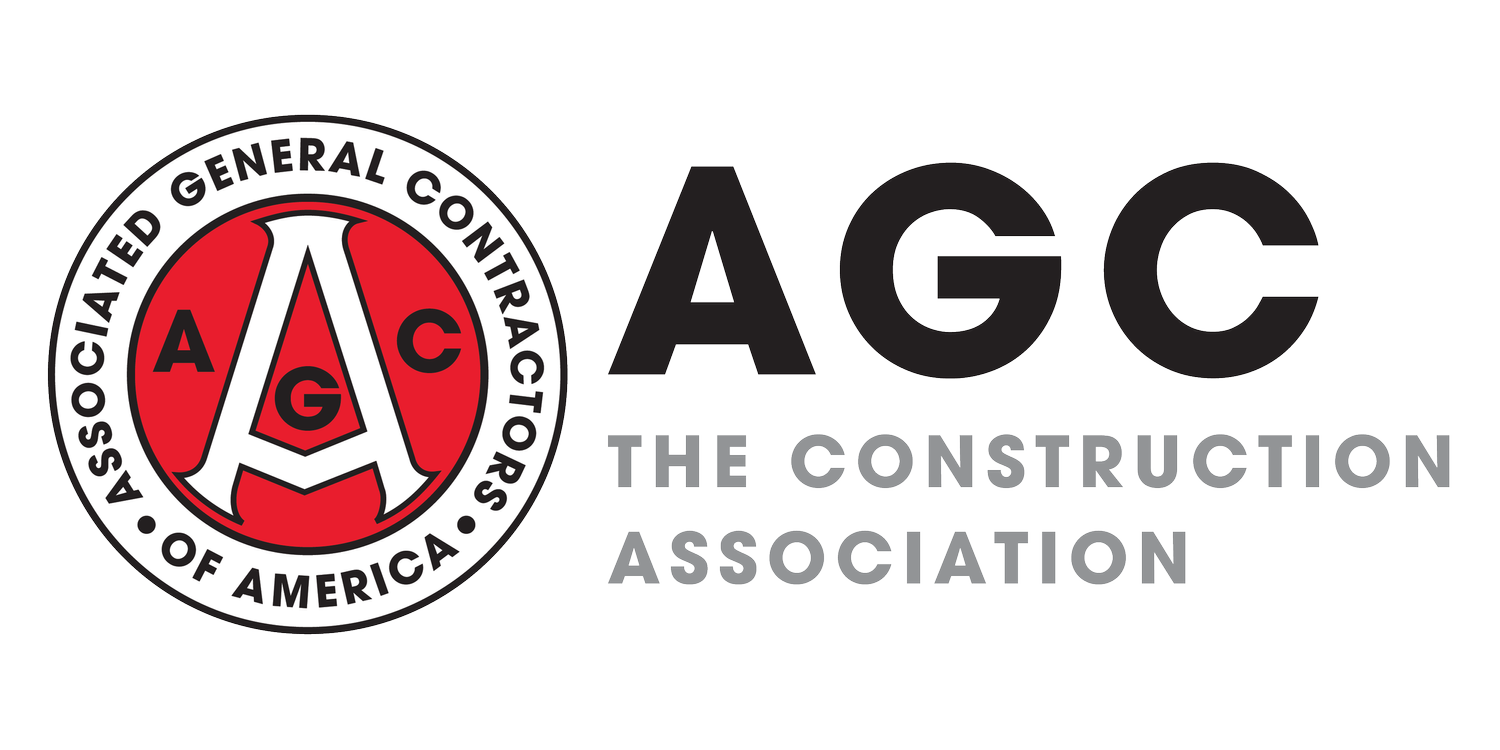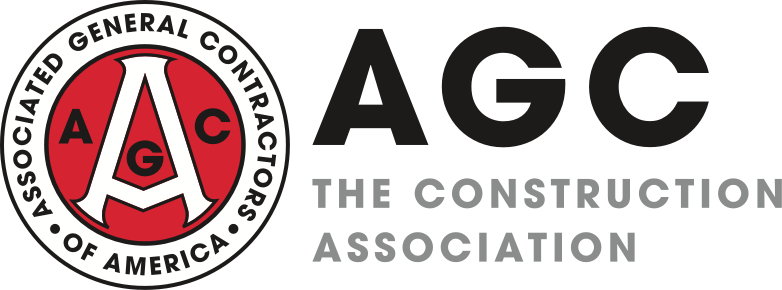Revolutionizing Safety: How Cutting-Edge Technology Is Transforming Jobsite Workflows and Protecting Crews
BY ELWYN MCLACHLAN
SECTOR VICE PRESIDENT FOR TRIMBLE CIVIL SOLUTIONS
A MEMBER OF MULTIPLE AGC CHAPTERS
Every successful project requires a coordinated blend of people, processes and tools—when any one of those components breaks down, safety risks increase, and accidents can happen. According to the Occupational Safety and Health Administration (OSHA), accidents and injuries are rising. The organization notes construction laborers accounted for almost a third of all fatal injuries in construction and extraction occupations in 2020, the highest proportion since 2016. Slips, trips and falls account for as much or more than 35.3% of workplace deaths.
Looking at how technology can keep workers safer and jobsites running smoothly should be top-of-mind for contractors. Here are five technologies that help reduce injuries.
1. Going Paperless: While injury and incident reports, toolbox talks, risk scorecards, inspections and other documents are integral to jobsite safety, some might overlook the risks of relying on paper. There are several e-forms and reporting solutions designed to help safety managers efficiently collect and, more importantly, analyze data related to site accidents and equipment inspections, while supporting safety meetings, improving the availability of the right safety and training materials, and ultimately, increasing compliance.
These solutions aren’t just turning paper to digital formats, they are creating digital connections to the project team and directly improving training practices and compliance. Earthwork and utility contractor Minger Construction, an AGC of Minnesota member, relies on electronic forms to improve its safety practices. As Minger’s safety coordinator, Mike Nelson, noted, “[Prior to going digital], we would get inconsistent data depending on the effort, accuracy or the style of the person filling out the forms. Now, instead of just collecting the information, we can actually use it to identify trends and improve our performance. We can reference past data and generate reports without the tedious, manual effort and sorting through papers that was required in the past.”
Now these safety-focused solutions are advancing to include AI tools that predict at-risk conditions. With AI, safety managers can compare injury and near-miss incidents across multiple pieces of equipment and tasks across multiple projects with ease, speed and clarity.
2. Data Capture: From layout tools to laser scanners, field-focused solutions have become more affordable and more versatile, with greatly simplified data management capabilities. With mobile mapping solutions, site crews spend less time physically capturing data on active jobsites, thereby reducing exposure to hazards.
On the One River North high-rise project in Denver, Colorado, laser scanning helped a contractor reduce rework, improve sustainability and deliver a safer project. This 343,000-square-foot, 16-story building features an unusual exterior rift resembling a slot canyon. The general contractor, Saunders Construction, an AGC of Colorado Building Chapter member, adopted laser scanning primarily to improve its concrete cast-in-place practices. Safety director Justin Tourdot said, “Rework continues to be a leading precursor for injuries in the construction industry. Utilizing the latest scanning technologies on this project resulted in reduced errors and rework, which is ultimately safer for all workers.”
3. Aerial Advantage: Drones are a familiar and important piece of many jobsites. From a safety perspective, these systems are increasingly essential to support structural safety and quality assurance inspections.
Drones are ideal tools to survey jobsites to pinpoint physical and environmental hazards in advance of a project start and throughout the workflow. Knowing the exact location of heavy equipment, material movement or structural instability is one step to reducing the chance of an accident.
4. Deformation Monitoring: The systematic and continuous monitoring of structural assets such as deep excavations, bridges, roads and tunnels are essential to safe infrastructure. Analyzing the data from on-site solutions is often complicated and hazardous to surveyors and engineering teams, who must regularly check the equipment and targets. This automated technology reduces the amount of time workers need to be in unsafe situations, providing early warning indicators to potential structural failures on site. All these actions have gotten considerably easier with more advanced analytics and live feeds.
For instance, on the massive Grand Paris Express program, a $35 billion effort to expand ridership of the Paris Metro and regional express networks, deformation monitoring is essential to efficient, safe excavation in this densely populated area. There are numerous homes, businesses and utilities that could be affected by tunneling activities. In this case, the survey team was able to establish a network of stations that are remotely operated with built in redundancy and live video – thus greatly reducing trips to the site to check targets and assuring structural integrity of the tunnel. These automated and real-time systems deliver timely notifications and warnings on potential structural threats on the jobsite or to surrounding structures.
5. Automation and Autonomy: The advancement of grade control solutions have directly improved operator efficiency – and fatigue by making manual tasks easier. The productivity benefits are so widely realized that many owners and operators now require the technology.
Machine control systems are vital for preventing workplace accidents, minimizing downtime, reducing compensation costs, and avoiding productivity losses and potential OSHA violations. This advanced technology enhances visibility, situational awareness and hazard anticipation, aiding operators in preventing collisions, especially in dynamic jobsite environments with multiple moving machines, ultimately boosting safety.
For Sundt Construction, a member of multiple AGC chapters, technology is an essential piece of every roadway project to keep crews safe while maintaining productivity. “GNSS equipment helps us avoid having surveyors continually working on the ground next to traffic,” said Michael Marsh, project engineer with Sundt.
As he noted, all heavy equipment has blind spots, and with every worker focused on their own tasks, there is a high potential for accidents. The integrated GNSS systems help by allowing data sharing between equipment in real-time, improving communication and workflows while eliminating the need for people on the ground.
“Trimble GNSS systems on construction equipment like graders, dozers and excavators allow operators to read grade information from the cab, eliminating the need for surveyors to work on foot in hazardous areas near moving equipment and traffic. With GNSS on our machines, we can send a blade out to check the grade rather than sending a person on the ground. We’re trying to eliminate the need for people on the ground in the midst of all of this big equipment and interstate traffic,” Marsh continued.
These are just a few examples of how technology is helping make construction jobsites safer. Wearables on hard hats, boots and vests are designed to respond and alert in real-time if something happens to that individual and in some cases, even warn individuals if they are working in a danger zone.

